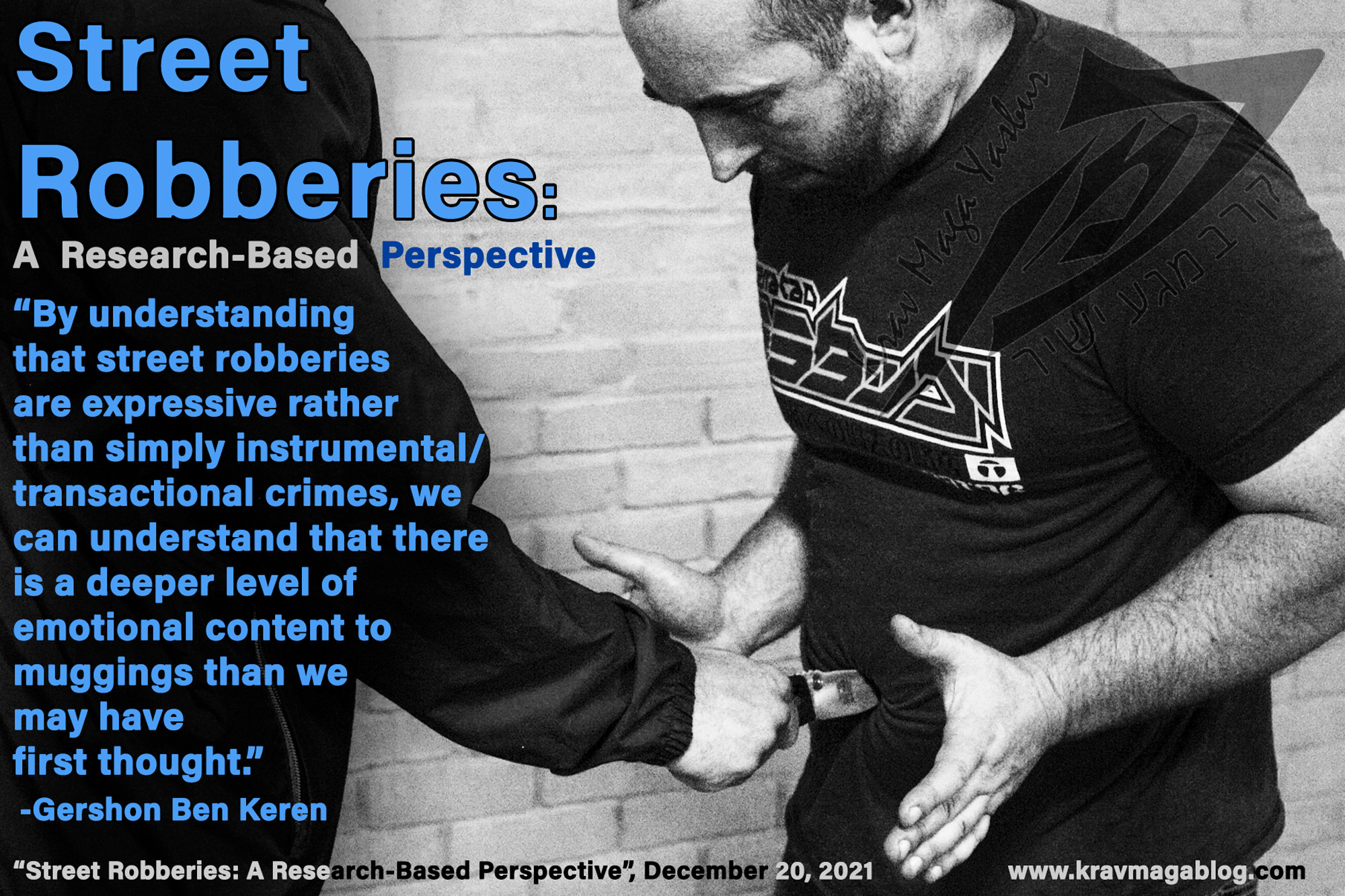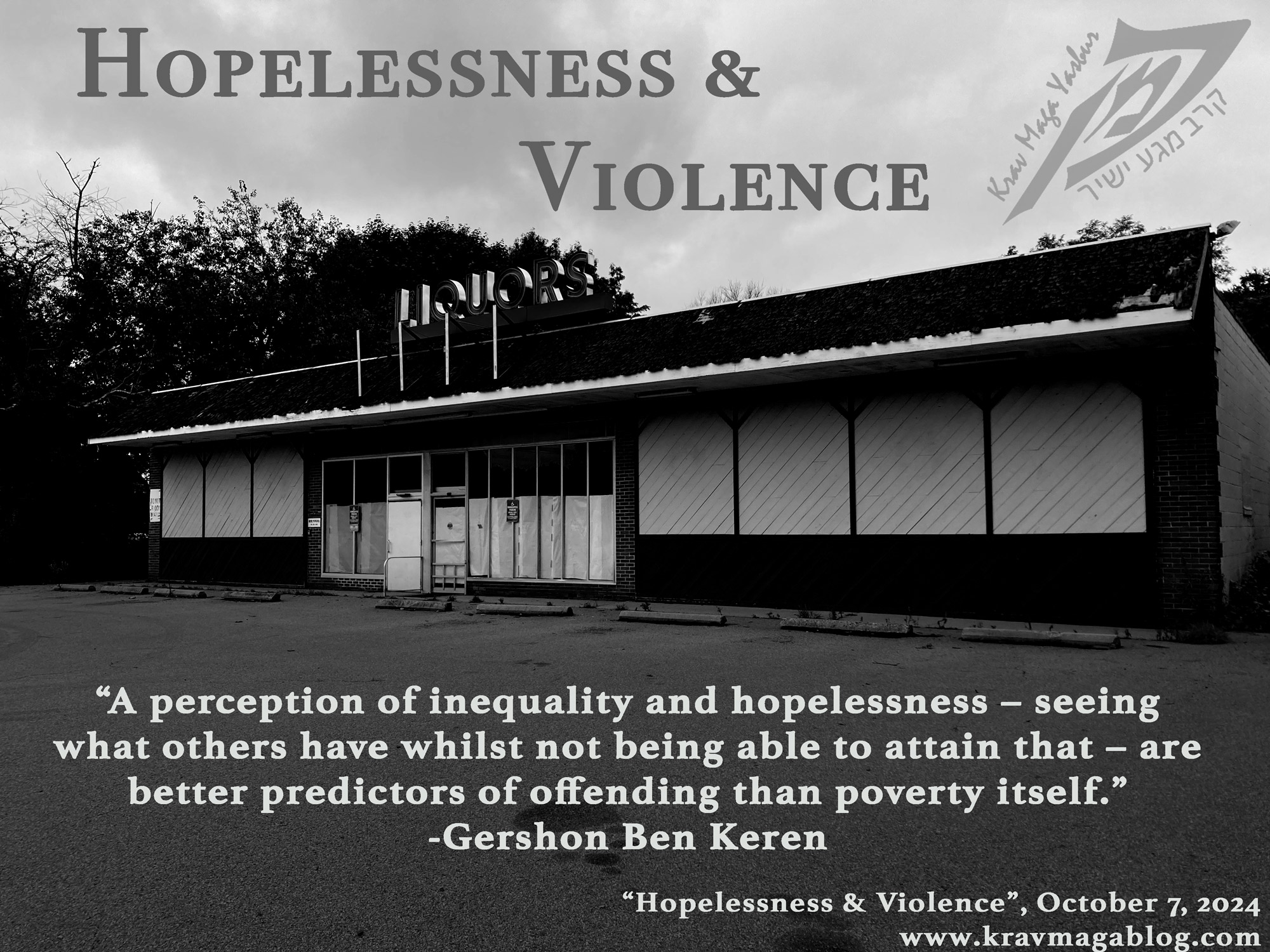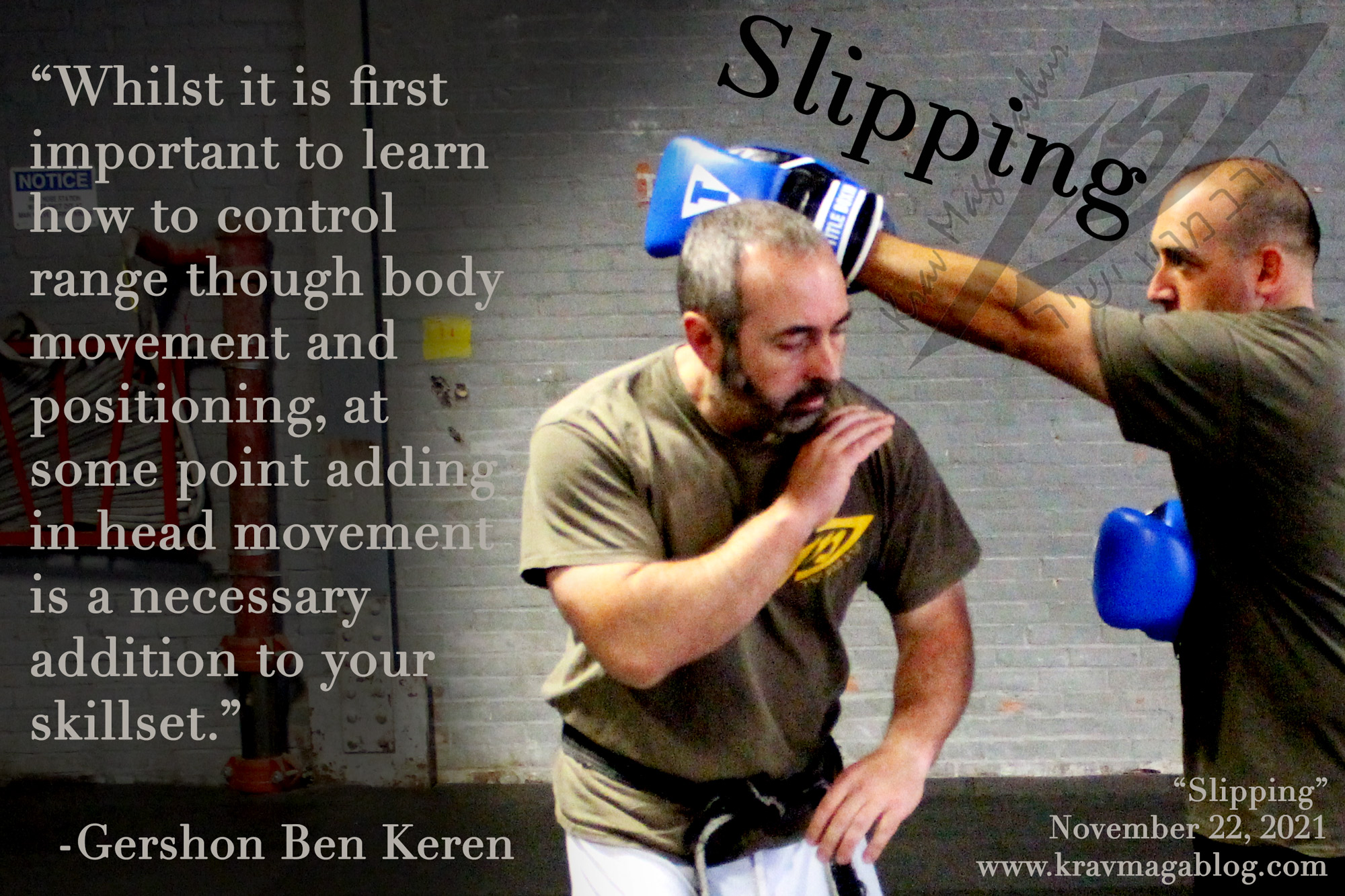Dealing With Anger, is an article written by Gershon Ben Keren, a 5th Degree Black Belt in Krav Maga, who teaches Krav Maga in Boston, MA. He has also authored three Amazon best-Selling Books on Krav Maga.
We’ve all done stupid things in the heat of the moment e.g. said things, made threats, acted overly aggressively towards others. When the heat subsides, we normally recognize our stupidity, maybe sometimes try and justify it to ourselves, but on the whole recognize it as something we’d do well, or be sensible not to repeat. In self-defense and self-protection we often train from the perspective of being the calm victim/target who has to deal with an angry and aggressive assailant, forgetting that we too can become angry and aggressive, and that we too can behave in the role of the aggressor; and we might not be dealing with someone who is able or wants to de-escalate the situation or back away. Recognizing the warning signs that indicate when we are becoming overly emotional and aggressive is as important for personal safety as understanding when those we are dealing with are becoming emotional. There are many “war stories” I’ve heard from people, looking to portray themselves as the target and victim in an incident when it is very clear that their anger and emotion was actually responsible for escalating a situation they may have been able to walk away from. It is easy to see other people’s anger and aggression and harder to see our own.
Some people can’t let go of these events, and build up a stockpile of injustices against them that they use to fuel the anger they experience at later injustices; this blog piece is not intended to address such issues but to look at how to recognize your own aggressive behaviors and actions in the heat of the moment.
Anger needs to be fed, and we feed it in several ways. If we can recognize the way we add to it, we can intervene and stop the process – this is important if we are going to have to engage in a physical confrontation, as although we want to have an aggressive mindset we don’t want to be clouded by emotion (this will reduce our fighting ability to little more than being able to swing wild haymakers at our assailant(s)). Repetition and expressions of disbelief are perhaps the two most common ways of feeding anger. Anger often stems from a self-perceived sense of injustice e.g. somebody cut you off whilst driving etc. and repeating the injustice to yourself is a way of convincing yourself of your right to act and confront the person who has committed this “crime” against you, without letting any other arguments against acting have any head space or room to develop; what are you actually going to do/say if you follow the person who cut you off? Are you really going to get out of your car, or are you just going to follow them around to intimidate them – which would be an interruption to your day and a complete waste of time? Constantly repeating the injustice will feed and reinforce your right to act without letting any other “rational” arguments take the stage. If you take a moment to see if you are constantly repeating the injustice to yourself, you should understand that you are starting to lose control.
If your repetition contains expressions of disbelief e.g. “I can’t believe that…[fill in your own injustice]”, understand that you are self-convincing yourself of your right to act and intervene. A right that may exist in your world, where the perpetrator of the crime has transgressed one of your laws, and behaved in a way that is unacceptable in your world – which is why you can’t believe it i.e. you would never act in such a way. Of course you probably have and will do again e.g. we’ve all cut people off at intersections, junctions and on the highway however when we’ve done it there were good reasons, the person was driving fast enough, wasn’t acting decisively etc. Often the expressions of disbelief that we make when angry are actually the behaviors and actions that we are most guilty off e.g. the drivers who get the angriest when cut off are usually the ones who commit these acts the most. Anger thrives on entitlement, and if someone holds the view that it is alright for them to act and behave in a certain way but not for others they will be the ones that have the greatest knee-jerk reactions to perceived injustices. If we constantly repeat a disbelief about a person’s actions and behaviors we are on the path to losing control.
Understand your own body language. This is usually more important than understanding everybody else’s. If you can understand your different emotional states e.g. when you’re afraid, when you’re angry, when your stressed etc. you have a chance to control your emotions. Many times when we are placed in a situation and have to deal with it, we are so caught up in how to act, what to say and what to do we fail to recognize our level of emotion. If you take a moment to feel if your eyes are narrowing and your lips – and all the muscles around the jaw - are tightening then you are becoming angry (it can actually be very hard to untighten the jaw muscles and relax them, however if you can do this it will go a long way to relaxing you and moving you back to a position of emotional control). I’m not a huge advocate of teaching people how to interpret other people’s body language because people tend to identify people according to the emotional state they are in, and until they can return to a “neutral” state, which is difficult during an aggressive verbal confrontation etc., they will tend to identify people as angry if they are angry etc.
The quickest way to bring yourself back under control? Tactical breathing: breathe in for a count of two, hold for a count of two, breathe out for a count of two etc. (you can change two for four, for six etc.) This is by far the simplest and most proven way to bring yourself back under control. If you find yourself expressing disbelief, repeating the injustice and clenching your jaw muscles/tightening your lips, it’s time to get yourself back under control and start evaluating what the most effective response to your situation is; most times it’s to do nothing and get on with your day/life.
0 COMMENTS














